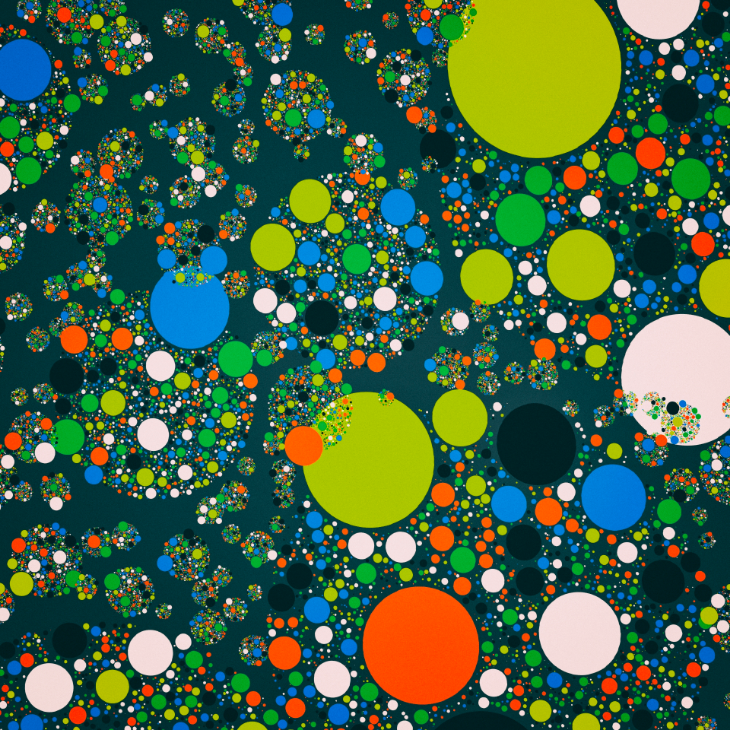



LCP












Cancer and coronavirus
Mathematical medicine
Cancer patients who contract and recover from Coronavirus-2 exhibit long-term immune system weaknesses, depending on the type of cancer.
Acute immune signatures and their legacies in severe acute respiratory syndrome coronavirus-2 infected cancer patients
Given the immune system's importance for cancer surveillance and treatment, we have investigated how it may be affected by SARS-CoV-2 infection of cancer patients. Across some heterogeneity in tumor type, stage, and treatment, virus-exposed solid cancer patients display a dominant impact of SARS-CoV-2, apparent from the resemblance of their immune signatures to those for COVID-19+ non-cancer patients. This is not the case for hematological malignancies, with virus-exposed patients collectively displaying heterogeneous humoral responses, an exhausted T cell phenotype and a high prevalence of prolonged virus shedding. Furthermore, while recovered solid cancer patients' immunophenotypes resemble those of non-virus-exposed cancer patients, recovered hematological cancer patients display distinct, lingering immunological legacies. Thus, while solid cancer patients, including those with advanced disease, seem no more at risk of SARS-CoV-2-associated immune dysregulation than the general population, hematological cancer patients show complex immunological consequences of SARS-CoV-2 exposure that might usefully inform their care.